GetSubstructMatch returns only the first match. Use GetSubstructMatches. There are multiple scenarios here depending on the rdkit version you've installed. In the latest rdkit version (2021.09.2), the following code should work.
from rdkit import Chem
from rdkit.Chem.Draw import IPythonConsole
from rdkit.Chem import rdDepictor
from rdkit.Chem.Draw import rdMolDraw2D
from IPython.display import SVG
from copy import deepcopy
def increase_resolution(mol, substructure, size=(400, 200)):
mol = deepcopy(mol)
substructure = deepcopy(substructure)
drawer = rdMolDraw2D.MolDraw2DSVG(size[0], size[1])
# highlightAtoms expects only one tuple, not tuple of tuples. So it needs to be merged into a single tuple
matches = sum(mol.GetSubstructMatches(substructure), ())
drawer.DrawMolecule(mol, highlightAtoms=matches)
drawer.FinishDrawing()
svg = drawer.GetDrawingText()
return svg.replace('svg:','')
mol = Chem.MolFromSmiles('c1cc(C(=O)O)c(OC(=O)C)cc1')
substructure = Chem.MolFromSmarts('C(=O)O')
SVG(increase_resolution(mol, substructure))
If you're getting Value Error: Bad Conformer id error then either update the rdkit package to the latest version or try this:
from rdkit import Chem
from rdkit.Chem.Draw import IPythonConsole
from rdkit.Chem import rdDepictor
from rdkit.Chem.Draw import rdMolDraw2D
from IPython.display import SVG
from copy import deepcopy
def increase_resolution(mol, substructure, size=(400, 200), kekulize=True):
mol = deepcopy(mol)
substructure = deepcopy(substructure)
rdDepictor.Compute2DCoords(mol)
if kekulize:
Chem.Kekulize(mol) # Localize the benzene ring bonds
drawer = rdMolDraw2D.MolDraw2DSVG(size[0], size[1])
# highlightAtoms expects only one tuple, not tuple of tuples. So it needs to be merged into a single tuple
matches = sum(mol.GetSubstructMatches(substructure), ())
drawer.DrawMolecule(mol, highlightAtoms=matches)
drawer.FinishDrawing()
svg = drawer.GetDrawingText()
return svg.replace('svg:','')
mol = Chem.MolFromSmiles('c1cc(C(=O)O)c(OC(=O)C)cc1')
substructure = Chem.MolFromSmarts('C(=O)O')
SVG(increase_resolution(mol, substructure, kekulize=True))
If for some cases like structures with chirality introduced in them as part of the SMILES string, it may fail to work. For such cases, set kekulize=False.

